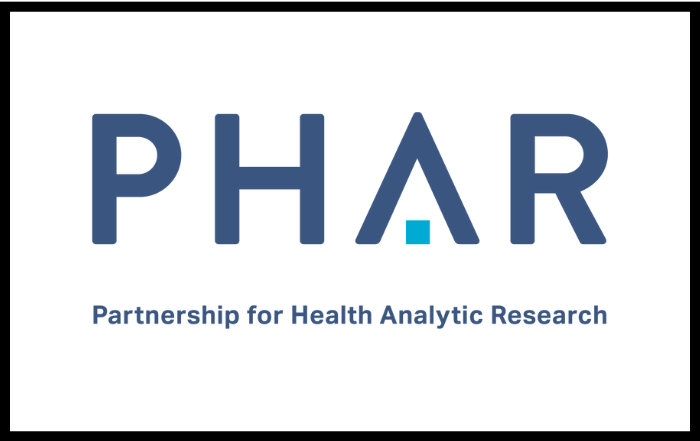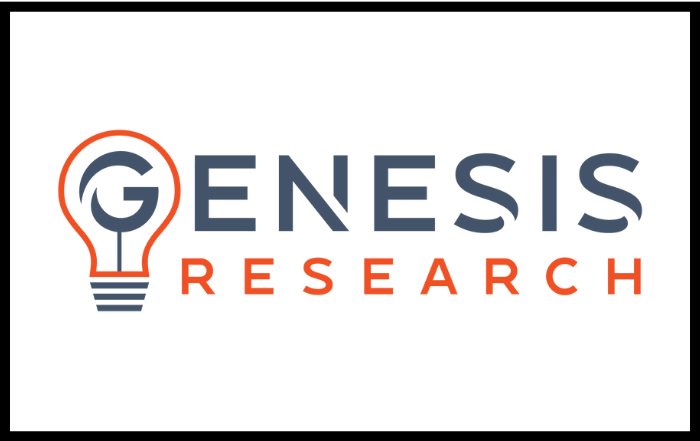The attrition rate of drug programs in early-stage development is high, with two-thirds of preclinical programs failing to move successfully to Phase 1. How do we better inform translational R&D decisions to de-risk investments and help increase probability of success?
Physiologically-based pharmacokinetic (PBPK) modeling and simulation is a regulatory-adopted, versatile tool in drug development that helps answer a myriad of “what if” questions without clinical testing. PBPK can also be used by discovery and translational scientists to increase confidence for pre-IND decisions, including:
First-in-human dose prediction
Early drug-drug interaction screening
Compound prioritization and selection
Early formulation work
Join this webinar to learn about using PBPK software, Simcyp Discovery Simulator for first-in-human dose prediction to help avoid the valley of death, crossing from preclinical to clinical research.
Featured Speaker
Hannah Jones, PhD
Senior Vice President and Head of PBPK Consulting Services
Certara
Hannah has more than 20 years of experience in global pharmaceutical organizations, with a particularly strong background in PBPK and PKPD modelling. She has over 60 publications in PBPK/PKPD modelling and other DMPK related topics, and considerable experience influencing drug research and development programs through modelling and simulation. Previously, Dr. Jones was at Pfizer for more than 13 years, most recently as Executive Director with global oversight of all preclinical large molecule translational science activities, including responsibility for modelling and simulation as well as biomarker and biomeasure support.
.
Date: Monday, September 12, 2022
Time: 11am ET / 8am PT
Duration: 60 Minutes
Click here for additional information and registration details.



